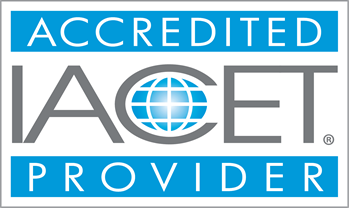Free Course
Fire Prevention and Protection Training
Educates a set of practices & procedures to minimize the destruction caused by fire hazards. The skill & knowledge acquired through these trainings equip the learners, to combat fire in any unanticipated fire breakout. Also, enable the delegate to recognize the workplace fire hazards prior & ensure adequate control measures are in place.
Course Modules - (15)
Our Fire Prevention and Protection Training course is intended to assist you in properly comprehending and managing fire risks. This online training covers vital subjects, including fire safety, prevention, and emergency response, giving you the hands-on information you need to protect your surroundings and yourself from fires.
- Professional credentials, including project management, typically require periodic renewal through continuing education. Individuals can pursue continuing education by completing advanced degrees or individual courses, along with professional development workshops and training opportunities.
Learning Outcomes:
- The objective of the training is to provide proficiency in accessing the workplace hazards and effectively handle the fire control / preventive mechanism. Fire safety training offers expertise in theoretical knowledge & hands-on experience in handling various firefighting equipment and helps to understand the organizational level of preparedness in dealing with emergencies
CEUs Awarded
Participants who successfully complete this course and meet all requirements will be awarded 1 IACET CEUs.
Completion Requirements:
- 100% appearance for the course
- Fully involvement in all class trainings (determined by instructor)
- Completion of Continuing Education and Training Registration Form
- Completion of mandatory quiz assessments
- As applicable, attainment of least passing score on required end-of-course examination
- Participation and submittal of end-of-course assessment form (must provide name on form to obtain credit)
Workplace fires cause
over a million dollars worth of property damage and thousands of injuries every
year. The goal of the training is to introduce participants to the fundamental
risks associated with fire, fire safety precautions, fire preventive
techniques, and emergency procedures. Since everyone at the workplace,
including supervisors, managers, and employees, is accountable for fire safety,
our Fire Safety Training is intended for a wide range of audiences.


